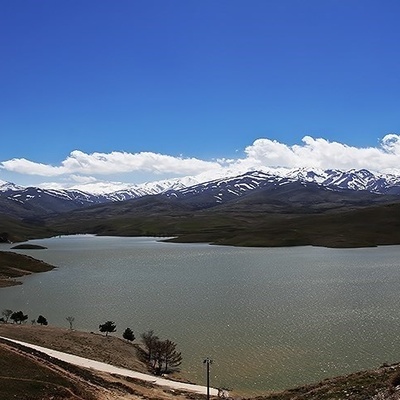Saed News: One of the most beautiful historical landmarks of Iran and the city of Arak is the Chahar Fasl Bathhouse Museum, which is nowadays also known as the Arak Museum of Anthropology.

According to the tourism service of Saed News, the Chahar Fasl Bathhouse Museum in Arak is one of the tourist attractions of the city, which was opened in 2006. This museum is actually an old bathhouse built during the Qajar era, which has been transformed into a museum after its restoration. At this museum, visitors can learn about the structure of old Iranian bathhouses, including various types of baths, water heaters, and stoves. You can also visit different sections such as the caretakers' room, the rest hall, and the heating hall of the bathhouse. The general information about the museum is as follows:Category: Cultural attraction
Type of attraction: Museum
Address: Iran, Markazi Province, Arak, East side of Dr. Beheshti Street, between Haft-e-Tir Square and Shahid Square
Historical period: Qajar
Year converted into a museum: 2006
Entry fee: 40,000 Rials
Visiting time: 1 hour
The goal of creating this museum is to preserve and promote knowledge about the bath culture in ancient Iran. Additionally, it serves as a place to learn about the culture and history of Arak and its region, which can be both fascinating and educational for visitors.


The name "Chahar Fasl" comes from the beautiful paintings on the interior walls of the bathhouse. These paintings, in 3D and with beautiful and vibrant colors, depict the seasons of the year. For instance, the spring paintings show blossoms and trees, while the winter paintings depict snow, ice, and bare trees. It is likely that the bathhouse was named after the four seasons due to these stunning and beautiful paintings. However, there may be other reasons for the name that are not readily available.
According to available sources, this bathhouse is recognized as the largest bathhouse in Iran, covering more than 1,600 square meters. The structure of the bathhouse is unique in architecture and consists of various sections, including an entrance corridor, men's and women's waiting rooms, private and public hot chambers, a vestibule between the hot chambers, a bath, and a water storage tank. Moreover, the roofs of all sections of the bathhouse have a "dome-arched" design made with bricks, gypsum, and lime mortar. The women's waiting room is one of the most beautiful parts of the bathhouse, featuring a single dome without columns. The women's section and the religious minorities' section both have a women's waiting room, with the hot chamber having private and public areas.
The floor of the bathhouse is covered with black stones, lime mortar, and a special type of cement. A cruciform pond is located in the center of the waiting room for washing those coming out of the hot bath. The waiting room has four platforms that lead to the hot chamber on one side and to the street on the other, with curved stairs. A copper sheet completely covers the floor of the main hot water tank, beneath which lies the bath's furnace. The furnace was heated with wood and "verak" bushes, and hot and cold water reached all parts of the bathhouse through clay pipes. This bathhouse, due to its unique and ancient structure, has great appeal for visitors and is a popular attraction for both domestic and international tourists.


The Chahar Fasl Museum in Arak houses many ancient objects from various historical periods, including coins from different eras, Qajar-era marriage contracts, books and manuscripts, copper utensils and engravings, clay jars, spinning tools, old bathhouse equipment, and dozens of anthropological statues. Additionally, a 7,500-year-old human skeleton found in the Shazand hill is also preserved in this museum.


The Chahar Fasl Museum in Arak, due to its collection of ancient artifacts and its unique bathhouse structure, is highly appealing to visitors and has attracted the attention of both domestic and international tourists. Visiting this bathhouse, which has recently become a treasure trove of objects and ancient specimens, is open to everyone and can provide an exciting and educational experience for visitors.

